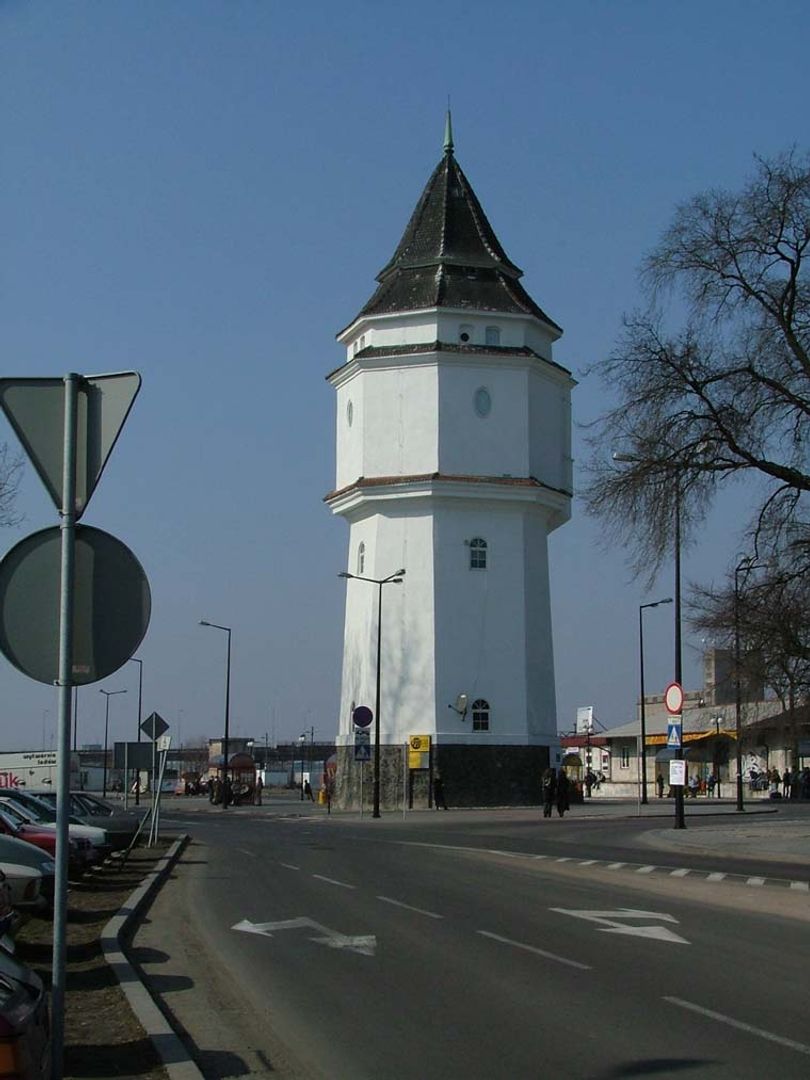Konin
6.89

Overview
Konin is a key railway junction located in the central part of the city, considered one of the most important stations in the Greater Poland Voivodeship and classified as a regional station. The history of Konin's railway station dates back to World War I, when the first narrow-gauge tracks were built in 1912 to transport sugar beets to the sugar refinery in Gosławice. After the war, the station began to develop, connecting various railway lines, which played a significant role in the region's economy. In 1939, the station was destroyed during German air raids but was quickly rebuilt and incorporated into the Soviet transport system in 1945. After World War II, the station underwent modernization, and in the following years, particularly in the 1960s and 1970s, investments were made in the electrification of lines and the construction of new platforms.
Architecturally, the first standard-gauge station was a Neo-Renaissance building opened in 1926, designed by engineer Romuald Miller. In later years, plans were made to build a modern transport center, though these were never fully realized. The current station structure, utilizing the western wing, was put into service in 1977. Today, the building houses ticket offices and retail outlets.
Culturally, Konin Station is a significant transport hub, and its surroundings serve as a communication center integrating various modes of transportation—rail, bus, and international services. In recent years, there have been efforts to revitalize and renovate the station's exterior to improve its image.
An interesting fact is that next to the station stand two water towers—one from the 1920s, which served various functions, and another built by the Germans during World War II. The 1920s water tower was converted into an art gallery, showcasing the adaptive reuse of historic buildings. Additionally, during the modernization of the railway line, the station became part of a broader project, with new investments aimed at further developing the region's railway infrastructure. Konin Station remains an important point on Poland's railway map, connecting various lines and providing access to both local and international transport.
Location
2025 Wizytor | All Rights Reserved